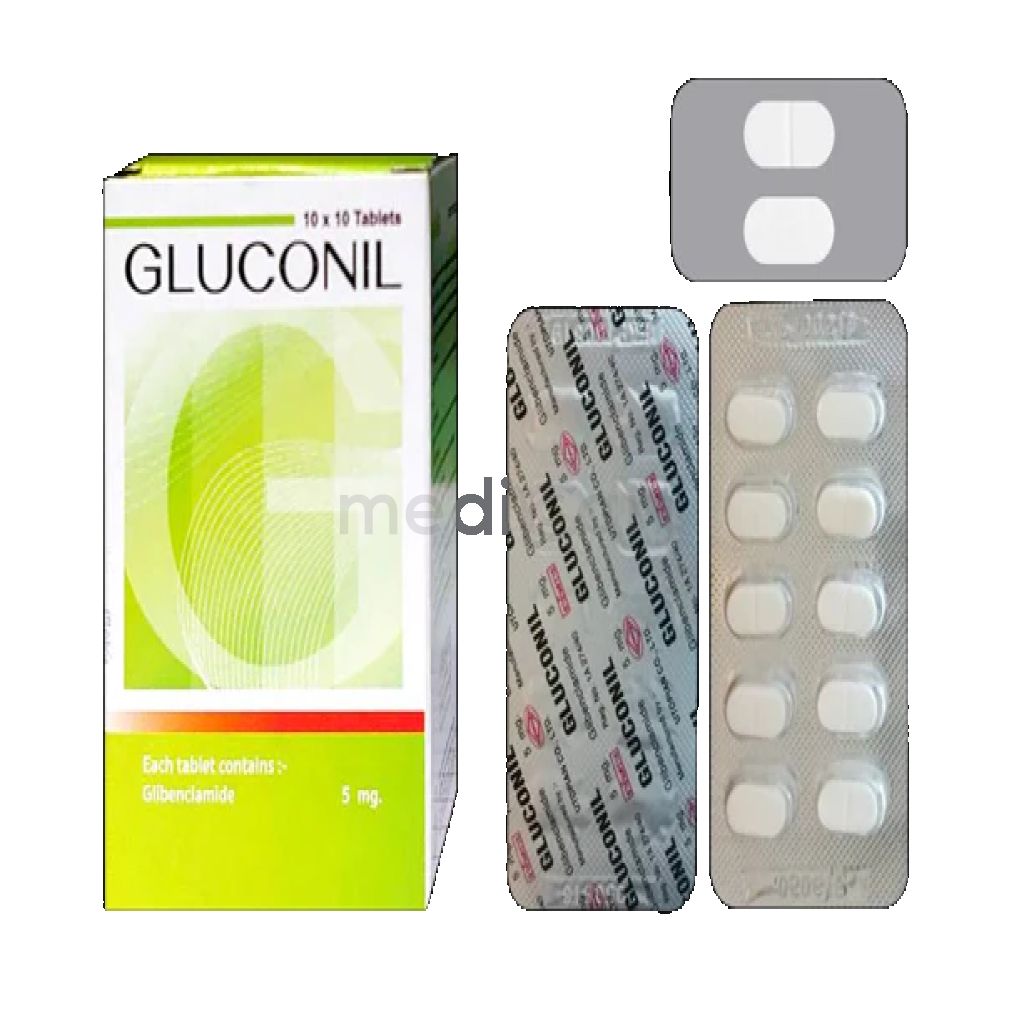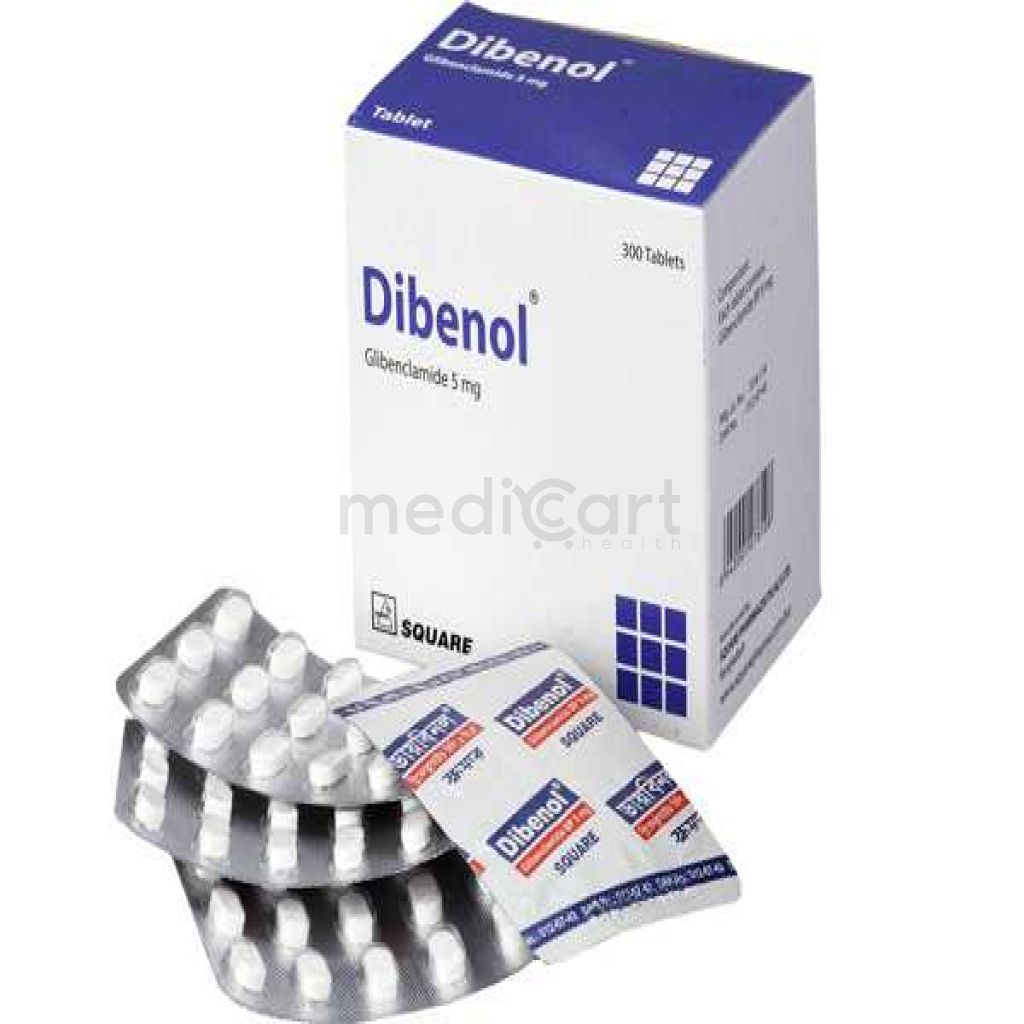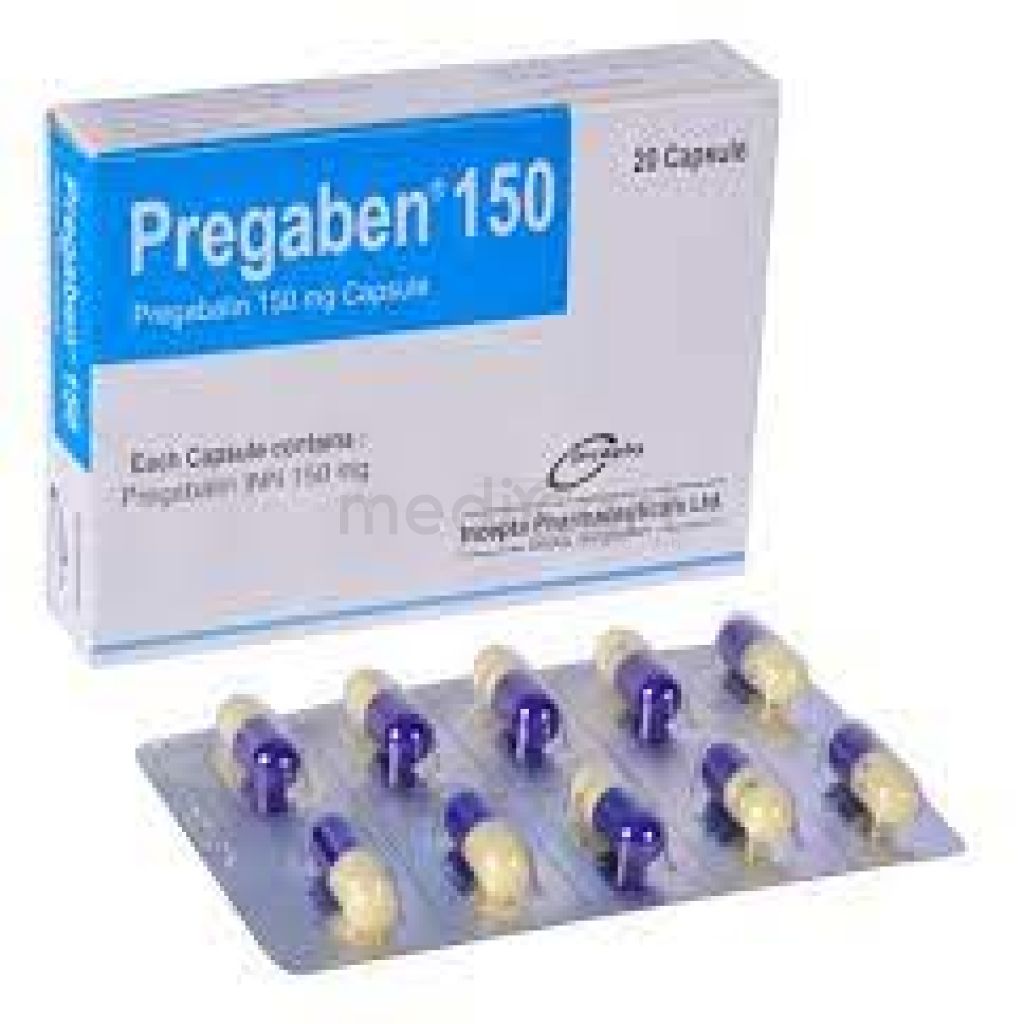

Gluconil 5mg
Tablet
Pack Size :
10 Tablet x 1 strip
Generics :
Glibenclamide
Manufacturer :
Acme Laboratories Ltd.
Best Price *
TK
2.80
* Delivery will be done in Dhaka city only.
More Information About - Gluconil 5mg
Description
Generic Name
GlibenclamidePrecaution
Elderly; malnourished; mild to moderate renal and hepatic disorders. Impaired alertness. Avoid alcohol. Careful monitoring of blood-glucose concentration. Adrenocortical insufficiency. Changes in diet or prolonged exercise may also provoke hypoglycaemia. Increased risk of hypoglcaemia due to its long half-life. Avoid in severe hepatic impairment. Pregnancy, lactation. Lactation: Not known if crosses into breast milk; avoid use in nursing womenIndication
Type 2 DMContra Indication
Severe or life-threatening hyperglycaemia, severe liver or renal failure, type 1 diabetes, diabetic ketoacidosis with or without coma, patients with severe infection or trauma.Dose
N/ASide Effect
Hypoglycaemia; cholestatic jaundice; agranulocytosis; aplastic anaemia; haemolytic anaemia. Blood dyscrasias (reversible), liver dysfunction, GI symptoms, allergic skin reactions. Potentially Fatal: Prolonged hypoglycaemia seen in elderly or debilitated patients with hepatic or renal diseases.Pregnancy Category
Name : C
Description
Animal reproduction studies have shown an adverse effect on the fetus and there are no adequate and well-controlled studies in humans, but potential benefits may warrant use of the drug in pregnant women despite potential risksMode of Action
Glibenclamide lowers blood glucose concentration principally by stimulating secretion of endogenous insulin from the pancreatic beta-cells. Hypoglycaemic action associated w/ short-term therapy appears to include reduction of basal hepatic glucose production and enhancement of peripheral insulin action at target sites.Interaction
Serum levels may be reduced by colesevelam. May increase hypoglycaemic effect w/ MAOIs, chloramphenicol, fluoroquinolones (e.g. ciprofloxacin), probenecid, NSAIDs, ACE inhibitors, fluoxetine, disopyramide, clarithromycin, salicylates, sulfonamides, beta-blockers. Increased serum levels w/ antifungal antibiotics (e.g. miconazole, fluconazole). May decrease hypoglycaemic effect w/ nonthiazide (e.g. furosemide) and thiazide diuretics, corticosteroids, phenothiazines, thyroid agents, oestrogens, OC, phenytoin, nicotinic acid, sympathomimetic agents, rifampicin, Ca channel blockers, isoniazid. Potentially Fatal: May increase hepatotoxic effect of bosentan.Pregnancy Category Note
N/AAdult Dose
Oral Type 2 diabetes mellitus Adult: Initially, 2.5-5 mg daily, may increase wkly by increments of 2.5-15 mg daily. Doses >10 mg daily should be given in 2 divided doses. Max: 20 mg daily. Elderly: Initially, 1.25 mg daily. Hepatic impairment: Severe: Contraindicated.Child Dose
Safety and efficacy not establishedRenal Dose
Renal impairment: Severe: Contraindicated.Administration
Should be taken with food. Take w/ breakfast or the 1st main meal of the day.Disclaimer
The information provided herein are for informational purposes only and not intended to be a substitute for professional medical advice, diagnosis, or treatment. Please note that this information should not be treated as a replacement for physical medical consultation or advice. Great effort has been placed to provide accurate and comprehensive data. However, Medicart along with its authors and editors make no representations or warranties and specifically disclaim all liability for any medical information provided on the site. The absence of any information and/or warning to any drug shall not be considered and assumed as an implied assurance of the Company.






